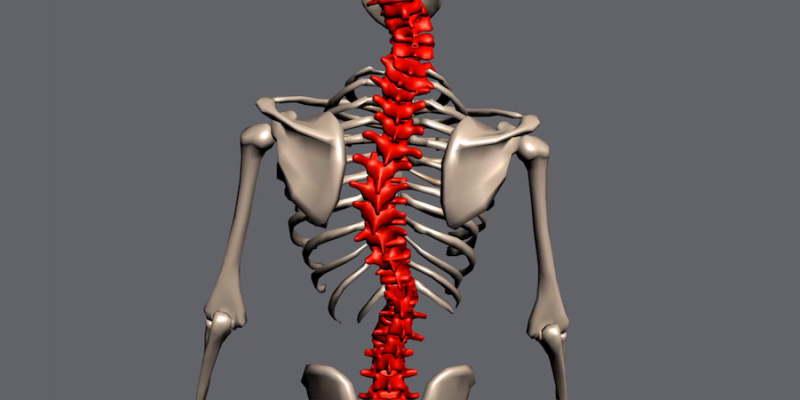Scoliosis is a condition in which the spine curves to the left or right. In a normal and healthy spine, vertebras lay like a flat line on neck, back, and waist areas when looking from backside. In scoliosis, the spine curves to right or left. While scoliosis may be caused by many diseases, it can be seen in different ages and in various areas of spine structure.
Scoliosis causes changes in the whole of the body due to twist and different angles. It causes deformation affecting abdominal muscles which are located in the chest, back and waist area, in the middle of the body and provides upright position, stability and balance. Therefore, musculoskeletal system of each patient is examined in detail. As well as treatment options suitable for the patient, physiotherapy and exercises are arranged in accordance with patient’s needs.
Symptoms of Scoliosis
- Curving to the right or left when looked from back,
- Shoulders which are not as a flat line,
- Protruding hip or shoulder,
- Pain in the back or waist,
- Difficulty in breathing.
To diagnose scoliosis which causes symptoms especially in childhood in early stages, parents should know the symptoms well. It is sufficient to look at the back of the children after shower to determine scoliosis. If the curve gets clearer, it can be seen that the spine is in the shape of “s”. One of the shoulders of the scoliosis patient is upper than the other. In advanced cases, protruding hip and difficulty in breathing can be observed.
Causes of Scoliosis
Even though the causes of scoliosis are not known, it can be congenital or it can develop after birth. The patient can be caused by bones, trauma or neurological reasons. As it threatens the health of the children upbringing in the future, early diagnosis is very important to stop development and treatment of the disease.
Type of the treatment is determined to evaluate age of the patient, type of scoliosis, severity of the curve and advancement of the disease. The actual aim of the treatment is to prevent curving.
Treatment of Scoliosis
The treatment is examined within 4 groups.
For curving less than 20 -25 degrees, the patient is observed. Physiotherapy exercises special for scoliosis are beneficial. Rarely, respiratory and cardiologic findings may be seen, therefore respiratory capacity exercises are increased.
Corset treatment is applied when the curve is between 20- 40 degree and the patient has a risk of development of the disease. When the curve in the spine is 40 degrees or more, surgical treatment is applied. In teenagers and adults who have completed lung development, correction and fixing surgeries are performed. Any increase in curving is observed with x-rays taken periodically and physical examinations.
What to pay attention to after Scoliosis surgery?
The patient should apply to dress regularly and use prescribed medicine after being discharged.
Until the sutures are removed, the operation area should be kept clean and should not touch water as much as possible.
After 20 days after surgery, the patient should visit the doctor again to remove the sutures and for the control examination.
In case of any discharge, malodor, redness or heat in the sutures, the patient should immediately apply to health care support.
The period needed to get back to daily life is depending on the age, pre-op health status and severity of the pain.
Recommendations to Protect Spine Health
Standing straight is very important in terms of providing maximum body functions. Muscles, joints, and ligaments work more healthily.
While sitting, it should be paid attention that shoulders and back are at the same level. Standing straight provides correct use of muscles and healthy work of bones and joints. Standing straight can be provided with regular exercises, sports and avoiding a life without movement and it helps to reduce the load which can wear the spine.








